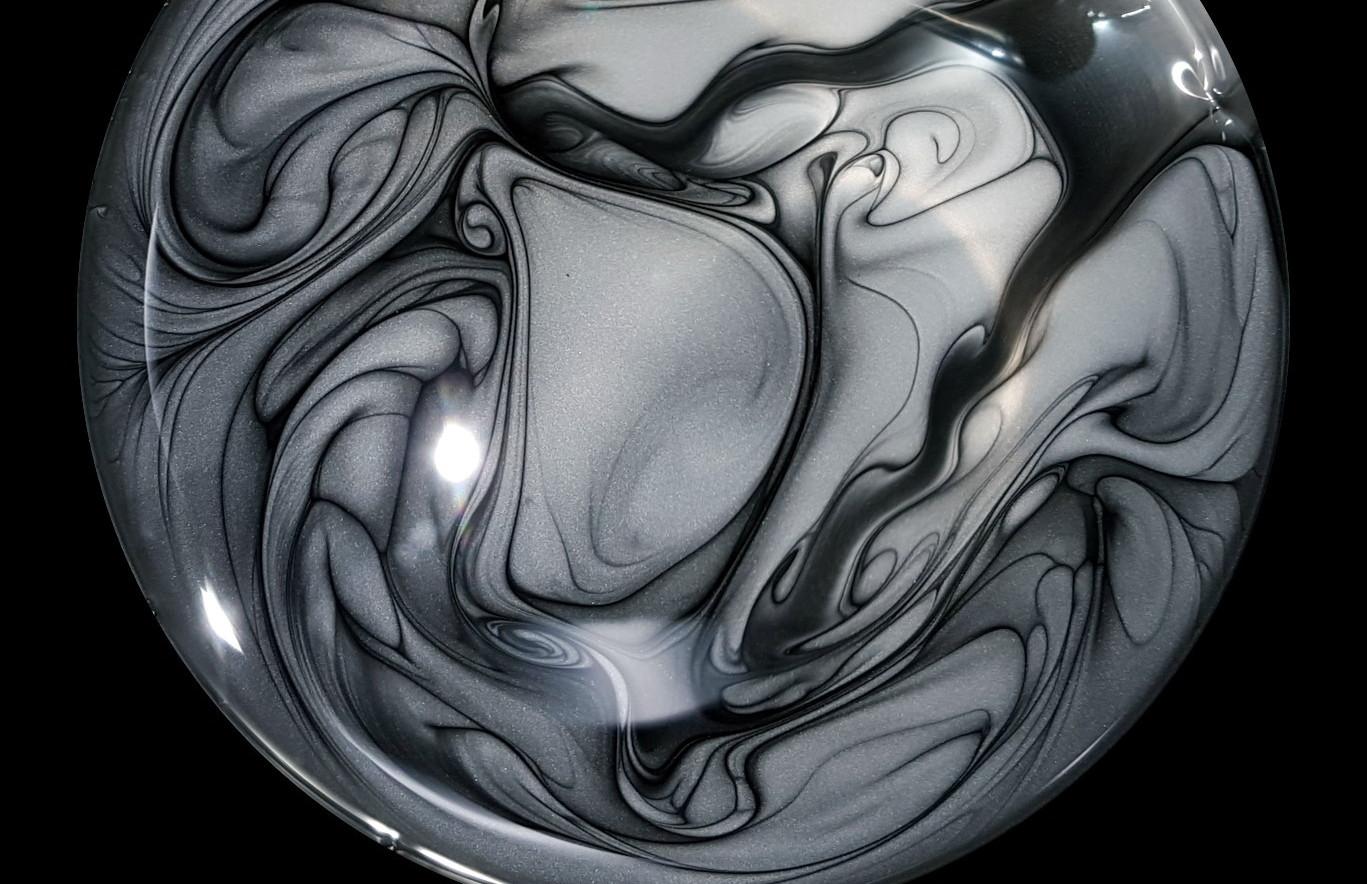
Submitted by Administrator on Mon, 03/04/2017 - 12:51
James Macleod's stunning image of graphene inks has scooped more prizes in the 2017 EPSRC Photography Competition
The image, featuring swirls of graphene being processed into an alcohol-based ink, was chosen as the overall winner of the 2017 EPSRC Photography competition, was well as coming first in the Innovation and Equipment & Facilities categories. This national science competition was organised by the Engineering and Physical Sciences Research Council (EPSRC).
James Macleod, Process Technician at the Cambridge Graphene Centre, works to develop and produce graphene inks in large quantities for new research, as well as supporting the laboratories and equipment. "We are working to create conductive inks for printing flexible electronics and are currently focused on optimising our recipe for use in different printing methods and for printing onto different surfaces. This was the first time we had used alcohol to create our ink and I was struck by how mesmerising it looked while mixing," he said.
We are working to create conductive inks for printing flexible electronics. I was struck by how mesmerising the ink looked while mixing.
James Macleod, Process Technician
The EPSRC Photography competition is now in its fourth year, and drew over 100 entries into five categories: Eureka & Discovery, Equipment & Facilities, People & Skills, Innovation, and Weird & Wonderful. The competition was open to researchers receiving funding from EPSRC.
Congratulating the winners and entrants, Professor Tom Rodden, EPSRC’s Deputy Chief Executive, said: “The quality of entries into our competition demonstrates that EPSRC-funded researchers are keen to show the world how beautiful and interesting science and engineering can be. These stunning images are a great way to engage the public with the research they fund, and inspire everyone to take an interest in science and engineering.”
The graphene inks shown in the photo can be used to print electronic circuits onto paper, plastic, glass and other surfaces, and are a key development in the future of flexible electronics. To make the inks, powdered graphite is mixed with alcohol and forced at high pressure through micrometre-scale capillaries made of diamond. This rips the layers apart resulting in a smooth, conductive material in solution
The image was previously awarded first prize in the University of Cambridge Engineering Department Photography Competition, sponsored by Zeiss.

